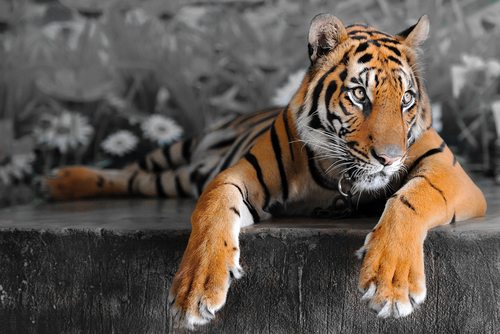
February 20, 2017; Denverite
The carnivore population in Colorado grew by seven last week. Representatives from The Wild Animal Sanctuary reported that they have successfully completed a two-year operation to relocate animals from a defunct zoo in Colón, Argentina, to the Denver-area nonprofit sanctuary.
The Denverite reported that officials first visited the lions, tigers, and bears in 2014 after international outcry over their substandard living conditions at the Zoo de Colón, which shuttered its doors in 2013. The starving animals, shown in photos where they appeared too weak to even stand, were part of a “Free or Feed the Animals in the Colón Zoo” petition. Sanctuary staff visiting to assess the animals in 2014 found that they were indeed not in good enough shape to make the over-6,000-mile trip from South America to Denver. The animals needed time to gain weight and receive medical care before they could join the more than 400 animals the Wild Animal Sanctuary cares for at its facility in Keenesburg—about 30 miles northeast of Denver.
It is a story that might have had a different outcome twenty years ago. Without the aid of international platforms for sharing news and advocacy tools, their fate might have been resigned to the resources and tools available in-country.
This storyline is nothing new to the Wild Animal Sanctuary. For nearly forty years, the United States’ largest nonprofit animal sanctuary has played a pivotal role in increasing education around the international health and welfare of captive-born large carnivores. At home and abroad, as there has been an increase in the collective global conscience about the treatment of animals for personal use in squalid roadside zoos and in captivity, the phone has been ringing with calls for help.
Sign up for our free newsletters
Subscribe to NPQ's newsletters to have our top stories delivered directly to your inbox.
By signing up, you agree to our privacy policy and terms of use, and to receive messages from NPQ and our partners.
During its four-decade existence, the Wild Animal Sanctuary has helped captive-born large carnivores that find themselves in dire straits. These animals were often purchased as pets by ill-informed consumers or bought to use as entertainment for profit, only to have the purchasers learn they simply cannot keep up the complex and expensive care required to meet their medical, social, and nutritional needs.
Recently, the Sanctuary led efforts to rescue dozens of animals from substandard living conditions in Uruguay, Mexico, and Bolivia, said the sanctuary’s Ambassador Program Direct, Kent Drotar. “Since we cannot accept every exotic animal in need,” Drotar said, “we have dedicated resources to educating and working with other countries on building their own sustainable sanctuaries to meet the needs of their animals in-country.”
Drotar’s team helps internationally by meeting with civic leaders in places where potential sanctuaries might be established, both to put their experience and reputation behind the locals and to further educate politicians about captive wildlife. They have also sent teams to help up-and-coming sanctuaries, demonstrating best practices based on their years of experience. Additionally, some of the employees and other animal welfare advocates have come to The Wild Animal Sanctuary to see how things are done, receive support, and increase their confidence.
There is a huge need for their services domestically as well. Currently, over 20,000 large carnivores reside outside of AZA-accredited zoos in the United States. In the state of Texas alone, there are approximately 4,000 tigers—more than exist in their natural habitat in the wild. The Denverite reported that about 40 to 60 animals are sent to Keenesburg each year. The nonprofit has a roughly $13 million budget and receives most its funding from donations.
As well-run nonprofits do, The Wild Animal Sanctuary has stepped into the role of education and advocacy to address portions of a problem too large to be solved by their Colorado-based program. While Drotar and his team would probably be okay with going the rest of their careers without ever receiving another call about a large carnivore languishing in inhumane conditions, it doesn’t sound like their workload will decrease any time soon.—Carrie Collins-Fadell













